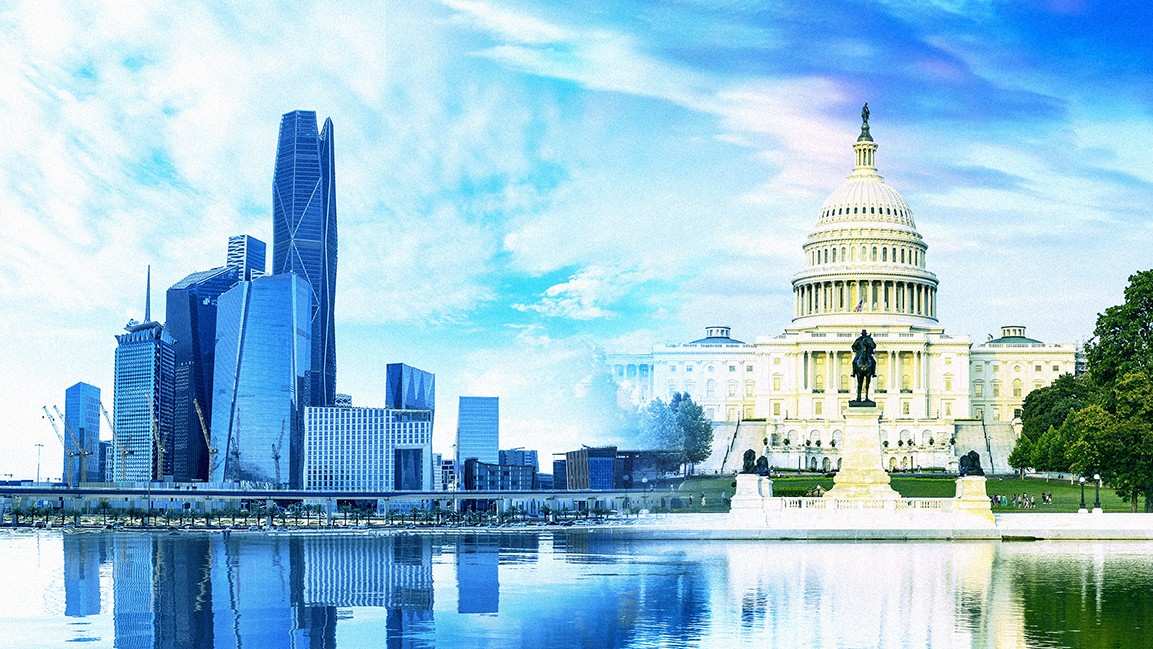- | 11:00 am
Middle East tourism poised to hit $367 billion in 2025 driven by Saudi Arabia
In the Middle East, the travel and tourism sector is set to contribute $367.3 billion to the region’s economy and support 7.7 million jobs in 2025.

International visitor spending is projected to reach a record high of $2.1 trillion in 2025, $164 billion more than the previous peak in 2019, according to the World Travel & Tourism Council (WTTC).
The global travel and tourism sector is expected to contribute $11.7 trillion to the economy this year, representing 10.3% of global GDP. Employment in the industry is also set to rise, supporting 371 million jobs worldwide, 14 million more than last year.
However, not all major markets are seeing equal momentum. The United States, still the world’s largest travel and tourism market, continues to lag behind 2019 levels in international visitor spending. China, after a strong rebound, is projected to experience slower growth in 2025.
In contrast, Saudi Arabia is witnessing unprecedented growth. WTTC data shows the sector will contribute $119.23 billion to the Kingdom’s economy in 2025, a new record.
Tourism is expected to account for over 10% of Saudi GDP, with employment in the sector reaching 2.7 million, the highest ever. Inbound spending is forecast to reach nearly $54 billion, while domestic spending is also projected to hit a record $43.88 billion.
“Thanks to the leadership of His Excellency Ahmed Al Khateeb, Saudi Arabia’s Travel & Tourism sector is not just growing, it’s thriving,” said Julia Simpson, WTTC President & CEO.
“The Kingdom is redefining what’s possible, and will not only meet, but exceed the ambitions of Vision 2030.”
Across the Middle East, the travel and tourism sector is expected to contribute $367.3 billion to the region’s economy and support 7.7 million jobs in 2025. International visitor spending is projected to reach nearly $194 billion, 24% above 2019 levels, while domestic spending will approach $113 billion.































